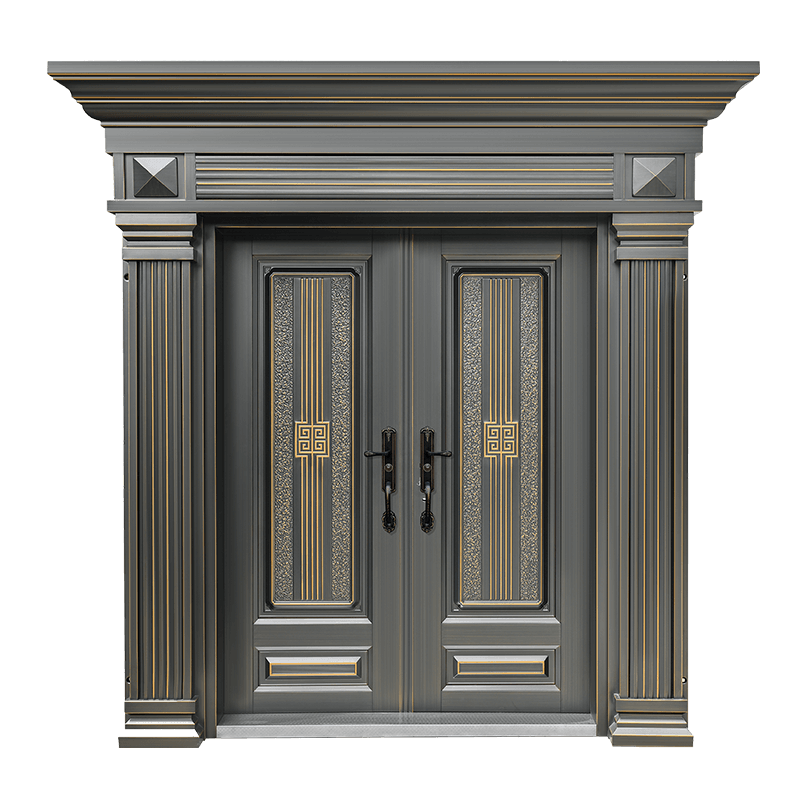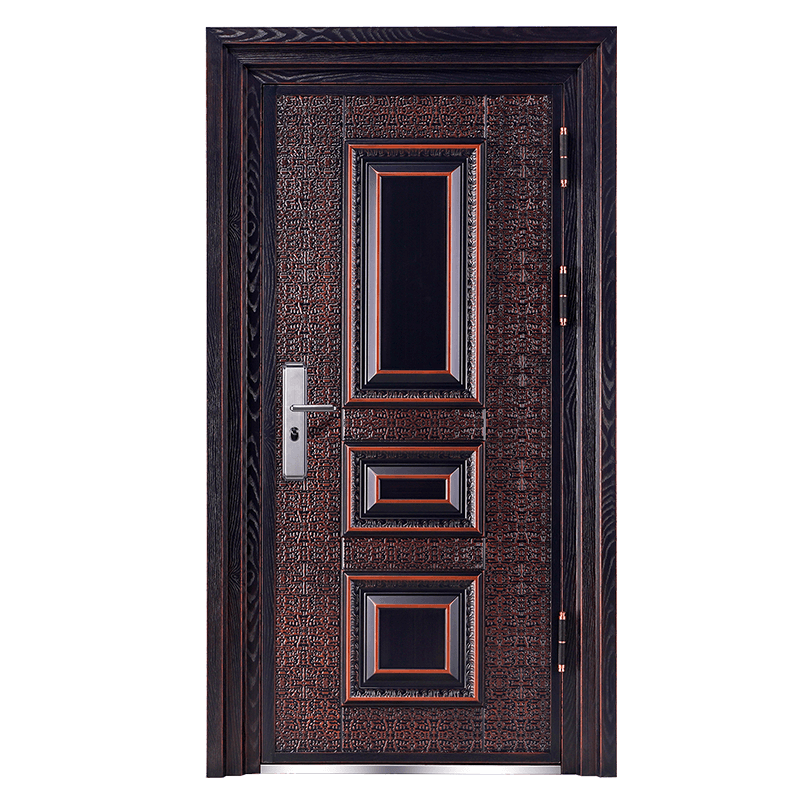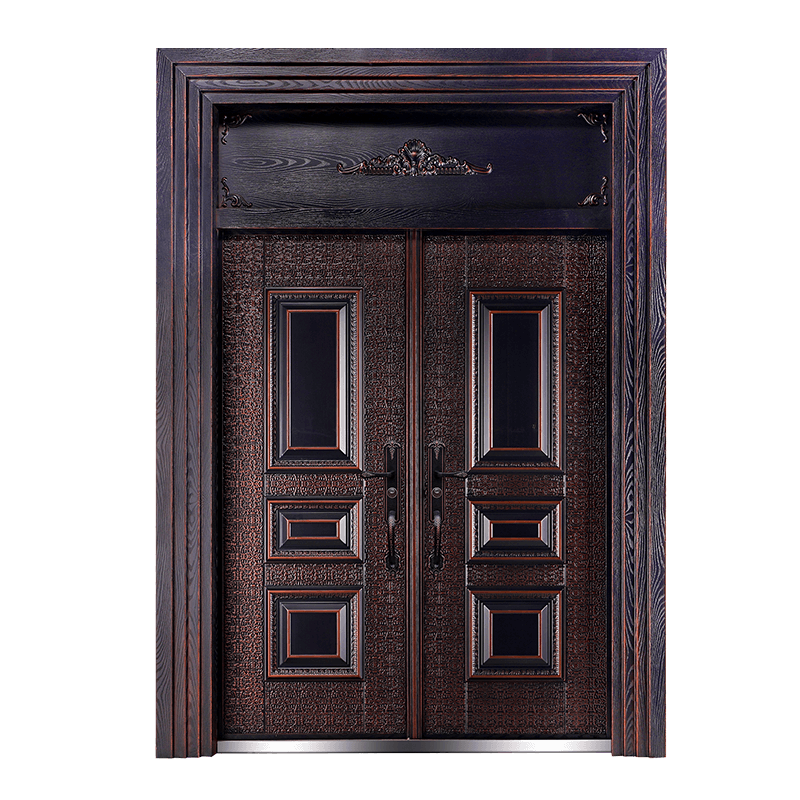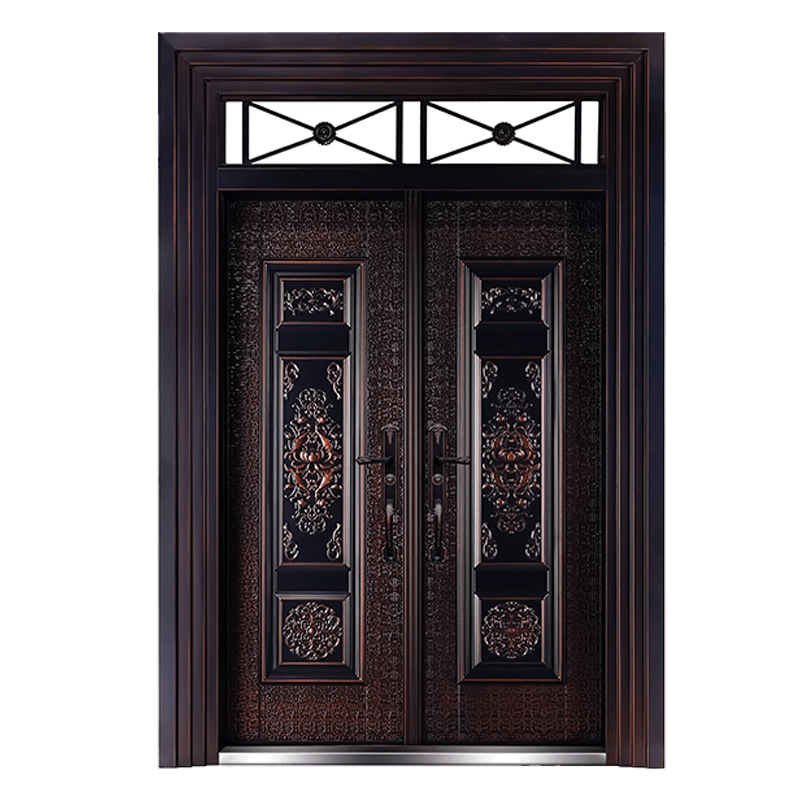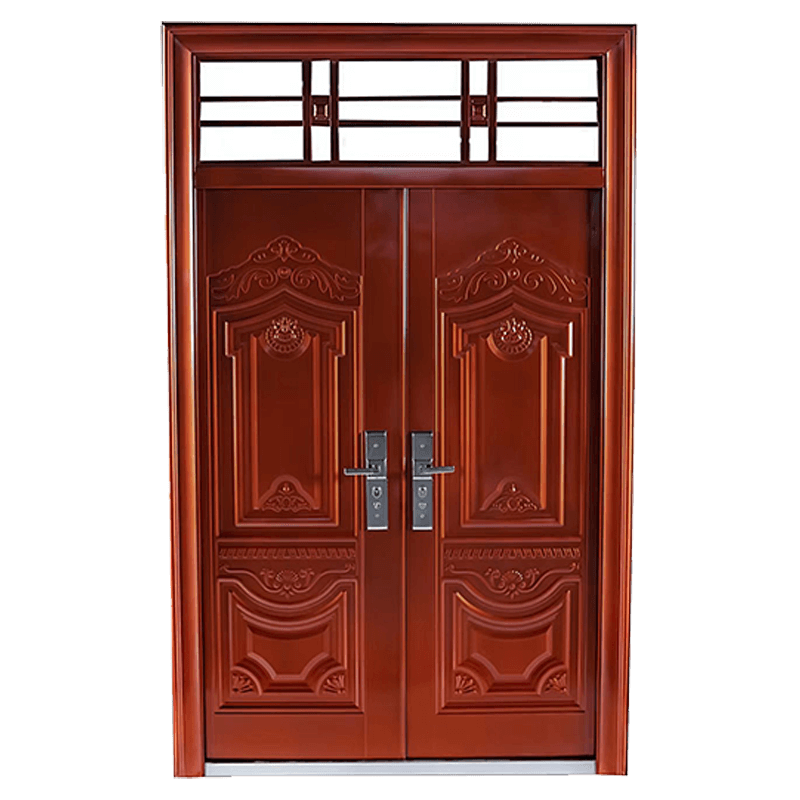Enhancing Fire Safety With Anti-Fire Doors And Fire-Protected Windows
Apr 29, 2024
In the realm of building safety, fire prevention and protection are paramount considerations. Two critical components in this regard are anti-fire doors and fire-protected windows. This article delves into the significance of these elements in safeguarding lives and property against the destructive force of fire.
Anti-Fire Doors:
Anti-fire doors, also known as fire-rated doors, serve as crucial barriers against the spread of fire within buildings. Constructed from fire-resistant materials such as steel, they are designed to withstand high temperatures and prevent the passage of flames and smoke. These doors play a pivotal role in compartmentalizing fire-prone areas, slowing down the spread of fire, and providing occupants with valuable time to evacuate safely.
Key features of anti-fire doors include their ability to resist fire for a specified duration, typically ranging from 30 minutes to several hours, depending on the door's fire rating. Additionally, they are equipped with intumescent seals that expand when exposed to heat, further enhancing their fire-resistant properties. Beyond fire protection, these doors also contribute to sound insulation and security, enhancing overall building safety.
Fire-Protected Windows:
In tandem with anti-fire doors, fire-protected windows play a crucial role in ensuring comprehensive fire safety measures within buildings. While windows are essential for natural light and ventilation, they can also serve as potential avenues for fire spread. Fire-protected windows are specifically designed to withstand the intense heat of a fire and prevent flames and smoke from entering or exiting a building.
These windows are constructed using fire-resistant materials such as tempered glass or fire-rated glazing systems. They are tested and certified to maintain their integrity and prevent the passage of fire for a specified duration. Additionally, fire-protected windows may be equipped with intumescent strips or fire-resistant seals to further enhance their performance during a fire emergency.
Integration and Importance:
The integration of anti-fire doors and fire-protected windows into building design is essential for creating a comprehensive fire safety strategy. Together, these elements help to contain fires, limit property damage, and more importantly, protect the lives of occupants. By compartmentalizing fire-prone areas and providing safe egress routes, they enable orderly evacuation and less the risk of injury or loss of life during emergencies.
When selecting anti-fire doors and fire-protected windows, it's crucial to consider factors such as fire rating, material durability, and compliance with relevant building codes and regulations. Regular maintenance and inspection are also essential to ensure that these components remain in ideal condition and continue to perform effectively in the event of a fire.
In conclusion, anti-fire doors and fire-protected windows are indispensable components of any comprehensive fire safety plan. By providing robust barriers against the spread of fire and smoke, they enhance the survivability of occupants and less the devastating effects of fire emergencies. As building owners and managers prioritize safety and resilience, investing in high-quality anti-fire doors and fire-protected windows is a proactive step toward creating safer and more secure environments for all.
Furthermore, the implementation of advanced technologies such as fire-rated glazing systems with integrated sensors and automatic closing mechanisms enhances the efficacy of fire-protected windows. These smart features enable real-time monitoring of fire conditions and prompt response actions, further bolstering the overall fire safety strategy.
In addition to their primary function of fire containment, anti-fire doors, and fire-protected windows contribute to energy efficiency and environmental sustainability. By less heat loss and reducing the need for artificial lighting and ventilation, they support green building initiatives and help lower operational costs.
As fire safety regulations continue to evolve and become more stringent, the importance of incorporating anti-fire doors and fire-protected windows into building design cannot be overstated. By prioritizing proactive fire prevention measures and investing in resilient building components, stakeholders can mitigate the risk of fire-related disasters and create safer, more resilient communities.

 English
English 中文简体
中文简体 Français
Français Español
Español عربى
عربى